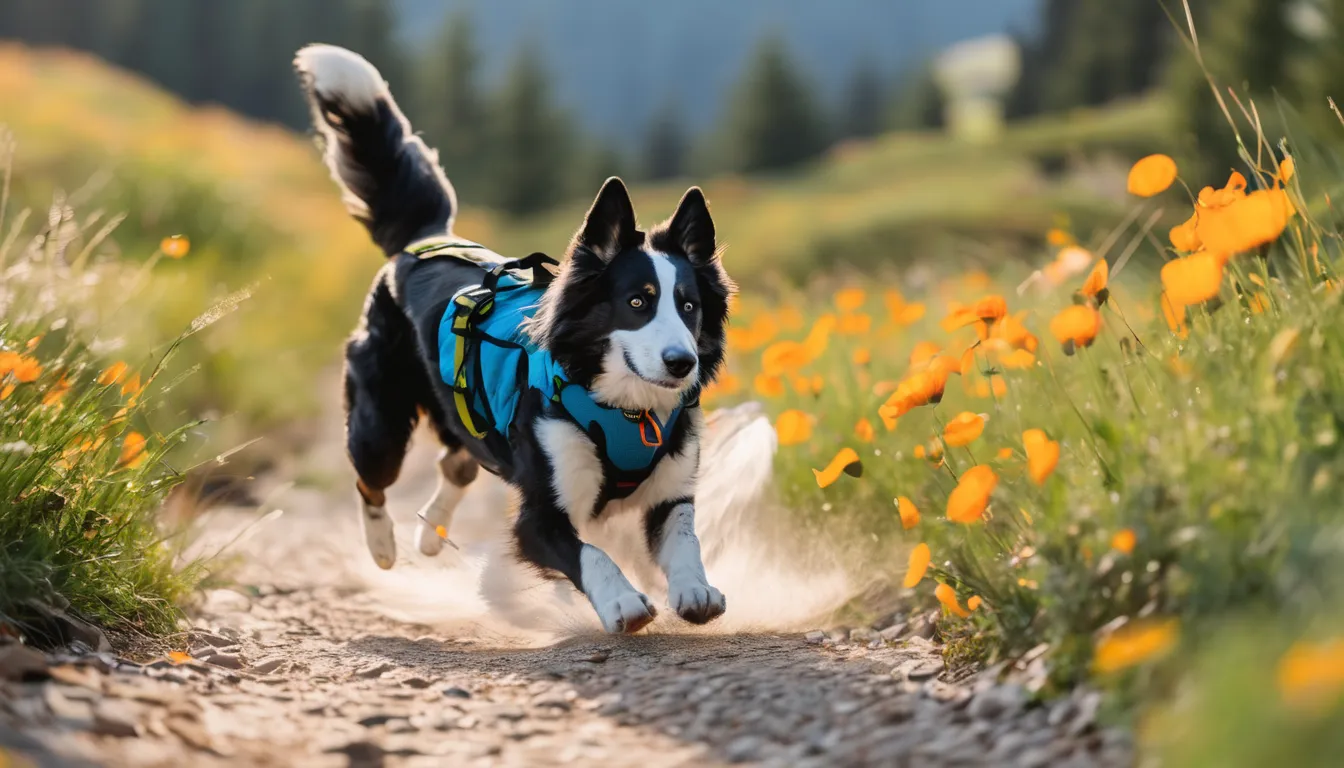Pets are an whole part of many populate’s lives. They supply companionship, love, and infinite amusement. However, along with the joy they bring off, pet ownership also comes with significant responsibilities. As a pet proprietor, it is your duty to see to it that your hairy champion receives the necessary care and care to live a well-chosen and healthy life. Here are some essential tips and tricks for pet care that every pet owner should know.
The first and most crucial prospect of pet care is specific alimentation. Just like mankind, animals need a balanced and alimental diet to stay healthy. It is requirement to cater your pet with high-quality pet food that is proper for their specific age, breed, and size. Avoid feeding your pet set back refuse or man food, as it can upset their touchy digestive system of rules and lead to angle gain and other wellness issues. Consult your veterinarian for recommendations on the best diet for your pet and follow their advice to see to it your furry friend girdle healthy and fostered.
Along with a alimental diet, habitue exercise is crucial for your pet’s natural science and unhealthy well-being. Different types of pets have different exercise needs, so it is world-shattering to sympathise your pet’s needs and provide them with enough physical activity. This not only helps keep your pet fit and healthy but also prevents demeanor problems that can move up from pent-up energy. Take your dog for daily walks, wage your cat in synergistic play, or find other fun ways to keep your pet animated.
Keeping your pet decently groomed is another necessity panorama of pet care. Grooming will not only make your pet look and smell better but also prevent wellness issues such as tangled fur, skin infections, and wooded nails. The training needs of different types of pets vary, so consult your veterinary or a professional person groomer for advice on how often your pet should be plastered and the proper tools and techniques to use.
Regular visits to the veterinary are material for your pet’s wellness. Your veterinarian can notice and prevent health problems early on on and ply necessary vaccinations and preventative care. It is recommended to take your pet for a -up at least once a year, and more oftentimes for senior or inveterately ill pets. Also, be sure to keep up with your pet’s vaccination docket to protect them from diseases.
Another life-sustaining panorama of pet care is maintaining proper hygiene. Just like human race, pets can also get sick from to germs and bacterium. Keep your pet’s bread and butter quad clean and on a regular basis wash their bedding material, toys, and food lawn bowling. Always wash your manpower after treatment your pet, and keep them away from possibly toxic substances or environments. Pay aid to your pet’s oral wellness as well and regularly brush their dentition and provide dental treats to keep dental problems.
In summation to physical care, it is also necessary to supply your pet with emotional and behavioural care. Spending quality time with your pet, giving them tending and warmheartedness, and providing mental stimulus can help keep activity problems and strengthen your bond. If your pet displays any concerning behaviors, such as anxiety or hostility, refer a professional person trainer or behaviourist for help.
Lastly, make sure to have proper identification for your pet in case they ever get lost. Microchipping your pet and holding their recognition tags updated with your contact entropy can help you reunite with your hirsute champion if they meander off.
Belpro is a crucial responsibility that should not be taken lightly. By providing your pet with specific sustenance, work out, preparation, medical care, hygiene, and love, you can ascertain that your furry champion lives a felicitous and healthy life. Remember, pets are not just animals; they are loved one members of our families, and they deserve the very best care.

